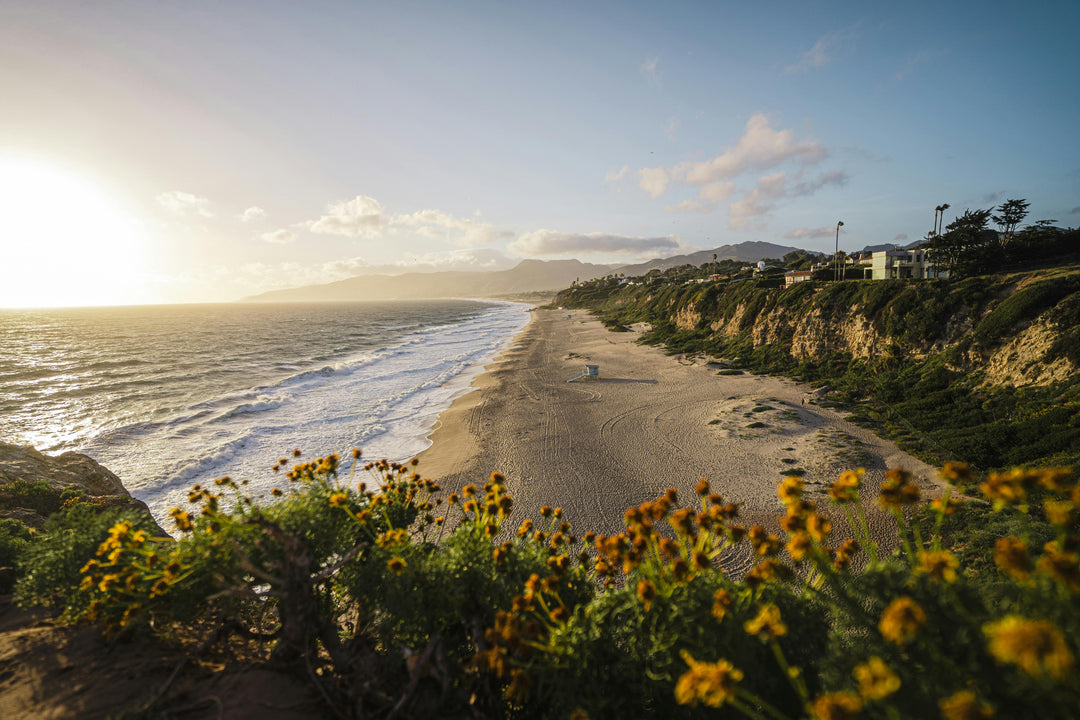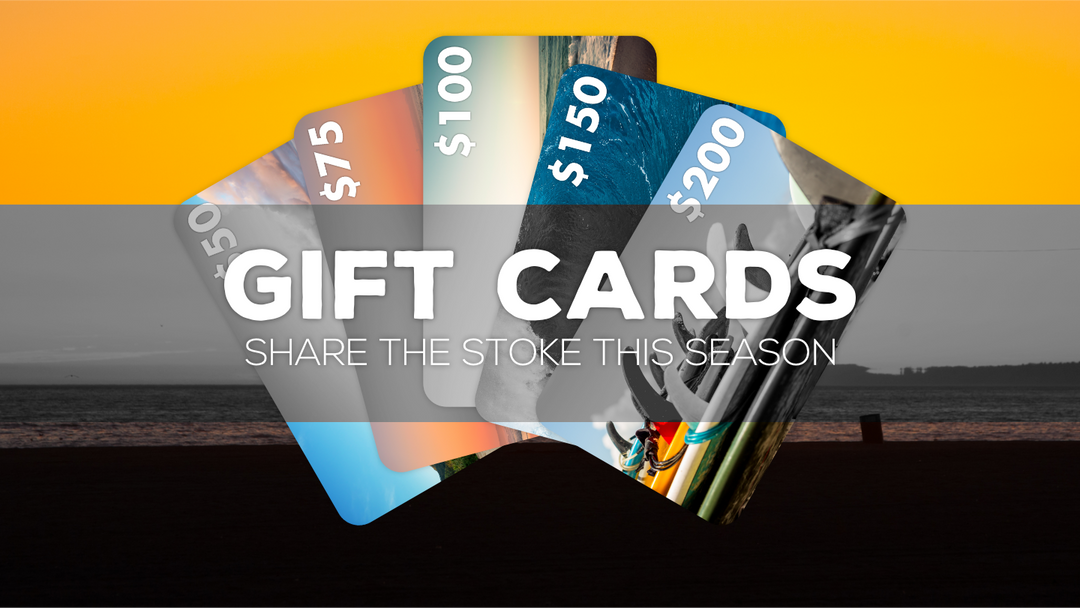Surfboards Hawaii: A Legacy Shaped In The Golden Age
In the golden age of surfing—the late 1950s and early ‘60s—a shift was underway. Surfing was breaking out of its tight-knit coastal communities and morphing into something bigger: a cultural movement. At the center of that evolution was a surfboard label that would help shape the future of wave-riding—literally and figuratively: Surfboards Hawaii.
Surfboards Hawaii was founded in the early 1960s by California businessman John Price, with legendary shaper Dick Brewer brought on to shape the boards. Brewer, a Minnesota transplant who found surfing in California and followed it to Hawaii, brought performance and precision to the brand. He had already begun shaping boards by 1959 and quickly earned a reputation for boards that worked in powerful Hawaiian surf.
Once in Hawaii, Brewer set up shop on Oahu’s North Shore at the heart of the emerging big-wave scene. Surfboards Hawaii became a fixture in Haleiwa, a magnet for the surfers pushing boundaries at places like Waimea Bay and Sunset Beach. Brewer’s designs evolved alongside the sport itself. His boards sleek, narrow, and built for speed became the blueprint for the early big-wave gun. These were tools built not just to ride waves, but to survive and thrive in serious surf.
Surfboards Hawaii stood out for its commitment to craftsmanship and performance. Models like the Buzzy Trent and Model A were tailored to the needs of serious surfers taking on Hawaii’s most intimidating breaks. While Brewer was the early force behind the shaping, other talented craftsmen helped carry the torch as the label grew. Ben Aipa, who would go on to become a shaping icon in his own right, is one of the names tied to the brand’s legacy.
Over the years, the Surfboards Hawaii name moved between hands, and production expanded to California. While the company evolved, its roots in Hawaiian surf culture remained central. Vintage boards with the Surfboards Hawaii logo typically a clean, classic font are now collector’s items, valued for both their build and the era they represent.
Gary Linden, another respected figure in shaping, was more closely connected to Dick Brewer Surfboards in later decades, helping manage that label during a transitional time—not Surfboards Hawaii directly, as is sometimes confused.
Today, Surfboards Hawaii is remembered not just for its contribution to surfboard design, but for representing an era when surfing was raw, unfiltered, and deeply tied to place. For surfers who were there—or those who just wish they had been—the name still carries the weight of history. It’s not just a brand. It’s part of the story of surfing itself.









